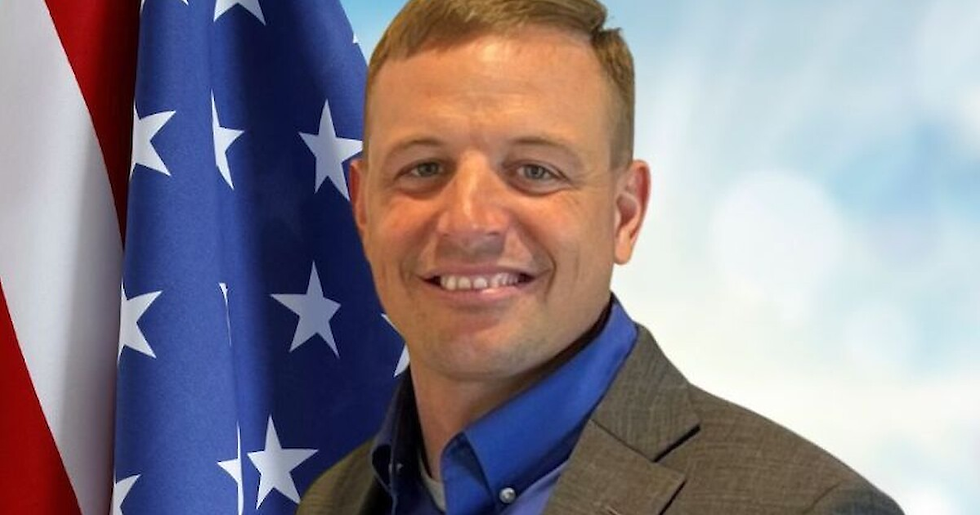3 Actions To Take When Your Toddler Hits or Hurts
- nanci j bradley
- Jan 28, 2023
- 3 min read
Updated: Nov 11, 2023

If you’re a parent or any other kind of care provider of very young children, you know the sinking feeling you get when you see or hear about them using force against another child.

In the world of violence and hate we live in, we hope we can protect them from this. We want our children to remain innocent and caring for as long as possible. But we don’t want them to grow up to be pushovers either.
Now that you’re aware of the issue, don’t worry, I’ve got you covered. This is a very common problem that childcare teachers deal with constantly. It’s not a simple one and there’s no one-size-fits-all answer. But there are steps that professionals are trained to take and after 40+ years of trying them out, I’m willing to share the best I’ve come across with you.
Child development experts know that children are born with very different temperaments and yet they express those inborn traits differently depending on their environments, their experiences, and especially on the people who care for them the most.

That’s because, within the first few years of life, the architecture of the brain is formed. Without a good foundation, violent behaviors can be very difficult to unlearn. Yet good habits like assertive communication, active empathy and teamwork can also
be practiced and learned effectively during those formative years.
It all depends on you.
If a child spends more the 30 or so hours with you each week, you’re probably one of their primary influences. They learn by observing you. They use trial and error to imitate what you do.
Not only are you responsible for stopping them from using aggression against others, but you’re also responsible for teaching them what to do instead. Here are 3 important things to keep in mind.

One
Laptime or emotional awareness education is the first step in teaching non-violent behavior. It includes spending time with your child using stories, books, and magazines to learn about human emotions. First, they’ll discover their own emotions, then yours, then the emotions of others. This step can not be skipped.
Here’s a link to an article about laptime I wrote a while ago.

Two
Develop the attitude of a mama hawk. That means you notice everything they do and they always feel your loving eyes on them. You’re there to watch and be helpful when they falter. Spend more of your energy and time noticing when they create peace or play nicely. Be descriptive.
I saw you ask for a turn from Sheldon! I’ll make sure you get one in a while.
Thanks for letting little Amy play with you. You found a way to include her.
I can tell you want a turn with the ball. You can ask Bernie or find another one to use.
I can help you play catch with the ball, that might be fun!

Three
Keep in mind that you’re here to teach and every behavior they try is an attempt to learn. So there's no blame, only mistakes and fixing the problems. Admit your own mistakes, too. If you have the right attitude, your kids will help you fix the problems that arise and move on.

When a child is hurt, ask if they’re OK and show empathy. If another child has caused the hurt, tell that child they made a mistake and point out the fact the other child has feelings, too. Then help them to learn a better way.
Ask for a turn…
Wait for a turn…
Find another toy…
Ask an adult for help….
All of these behaviors need to be taught. Real teaching takes a lot more time and effort than giving a swift time-out, an angry word, or a well-placed spank on the bottom.
Since I realize that you need some ideas about what to do when a problem does occur, as well as taking steps to prevent them, I'm including a copy of my slideshow, The First 2 Things To Do When A Child Hits Or Hurts, here.

As a busy, busy early childhood teacher, I try to take advantage of every teachable moment when I have time. Since I don’t always see everything or have the time to deal with every behavior in the perfect way, I learn to move on and make a mental note to change something I do the next time around.
Thanks for stopping by!
assignment: review slideshow on The First 2 Things To Do When A Child Hits Or Hurts,
Think of someone you'd like to share this with.

Nanci J Bradley is an early childhood and family educator, author, teacher, family aerobics instructor, and an all-around fun-loving person. She believes in the power of sleep, healthy eating, lifelong learning, and most of all, PLAY! She studied early childhood ed at Triton College and received her BS in education in 1986 from NIU. She received her MA in human development from Pacific Oaks College in 2011. She lives and teaches in Madison WI.




Comments